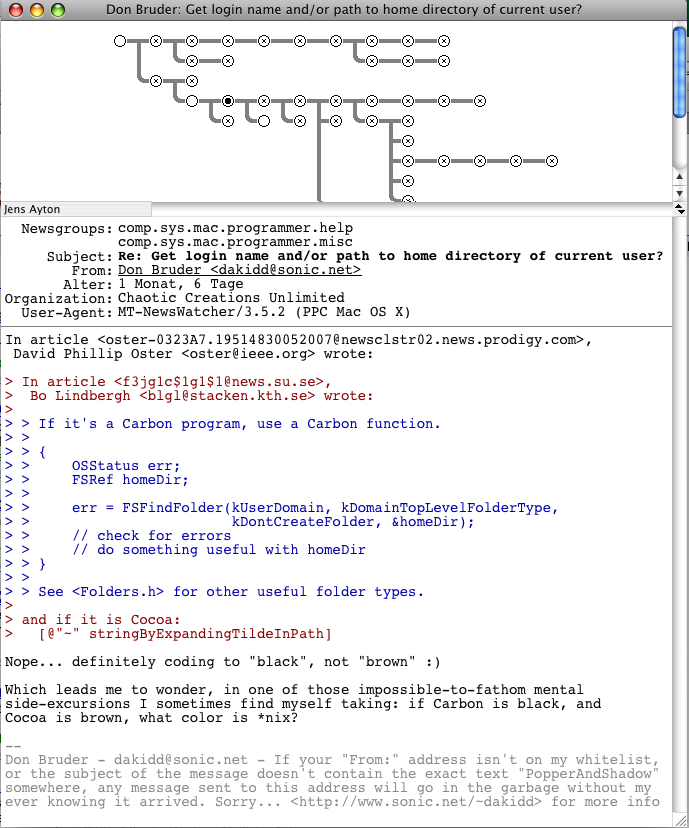
Most publishers offer a direct BibTeX export. If Bibsonomy’s scraper does not support your favorite publisher, don’t worry. In the example below, we highlighted some parts from the original webpage, and their counterparts in the BibTeX code. A new page will open showing the title, authors, journal names, etc. You just need to visit the detail page of a research article, and click the “ScrapePublication” button. This works with PubMed, Elsevier, Springerlink, ACM, IEEE, and dozens of other websites. The Scraper is a little tool that parses the publisher’s website, automatically identifies bibliographic data such as title, author, and journal name, and then creates BibTeX code from it. To “install” the Scraper, visit the Scraper’s website and drag&drop the Scraper button to your browser’s bookmark bar.įrom now on, you can scrape almost any website from any publisher to create BibTeX code from the bibliographic data listed on a web page. The easiest way to get bibliographic information as BibTeX from web pages is to use BibSonomy’s Web Scraper.

Docear references page number how to#
BibTeX is a de-facto standard for references that is supported by almost any publisher and any reference manager. So, read on to learn how to import bibliographic data from web-pages in two steps! So, how do you do it with Docear?įortunately, Docear uses the BibTeX format to store references. Many publishers offer export options for reference managers such as Endnote, RefWorks, or Zotero. For instance, if you visit the detail page of a research article on a publisher’s website, you might wish to directly import the bibliographic data of that article to Docear. Compared to several other reference managers, Docear lacks a feature to directly import references from the Web.


 0 kommentar(er)
0 kommentar(er)
